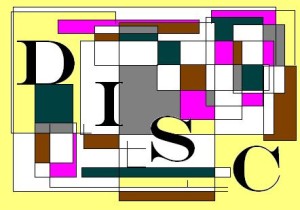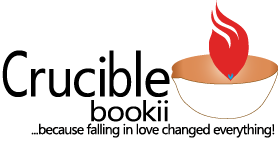Using DISC with a Team
 DISC is a personality profiling system that takes its name from four personality attributes: Dominance, Influence, Steadiness and Compliance. DISC can be used in development and training, to elevate communication, to raise self-awareness and increase team cohesiveness.
DISC is a personality profiling system that takes its name from four personality attributes: Dominance, Influence, Steadiness and Compliance. DISC can be used in development and training, to elevate communication, to raise self-awareness and increase team cohesiveness.
Recently, I had the opportunity to work with a company whose product requires considerable collaboration with clients. The product is beautiful, and it really fills a niche. Unfortunately, the company also has a problem. Clients are repeatedly unhappy with the customer service they receive. Essentially, clients have a low perceived value for the product they are purchasing because their experience of the process is not optimal.
I worked with the production team to really hear what was happening and suggested we use the DISC system to bring clarity to the situation. I chose DISC in this case because the team seemed to be aligned and functioning well; it was their interaction with the customer that was problematic. Each team member filled out a DISC profile. We followed this with some training about the tool and then the profiles were shared with fellow team members. We discovered the person with the lowest natural aptitude for connecting with people (lowest on the ‘I’, or ‘influence’, scale) was the client’s primary client contact—the project coordinator. This explained the clients’ perception of poor customer service.
After taking some time to digest and understand each others’ profiles, this team rolled up their sleeves and came up with some solutions. Their solutions seemed to fit two categories: 1. Coach the coordinator on some of the behaviors that create higher connection with the client and 2. Have the other team members who had more customer service-oriented profiles (high ‘I’ profiles) connect more directly with the client.
This team was able to address a serious issue with no blaming or finger-pointing. They were able to find solutions that were both specific and comprehensive and they were able to begin implementing the solutions immediately because there was universal buy-in from the team. The coordinator didn’t have to be defensive; he was a valued part of the team and was a part of the solution.
For this team, DISC helped illuminate a challenge and make sense of it in a new way.



